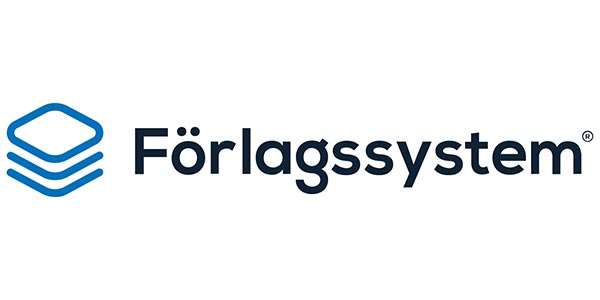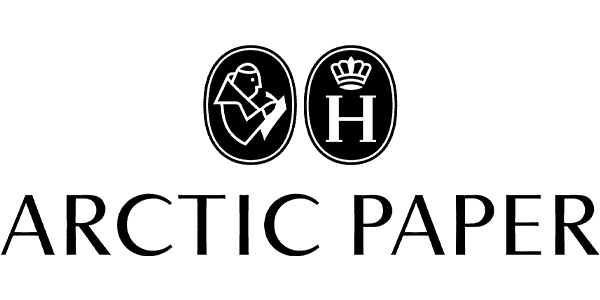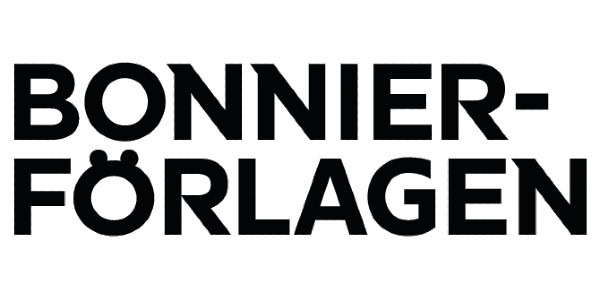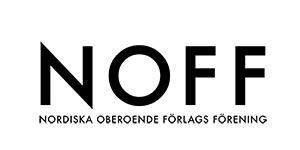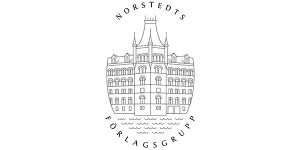
The investment climate in Turkmenistan
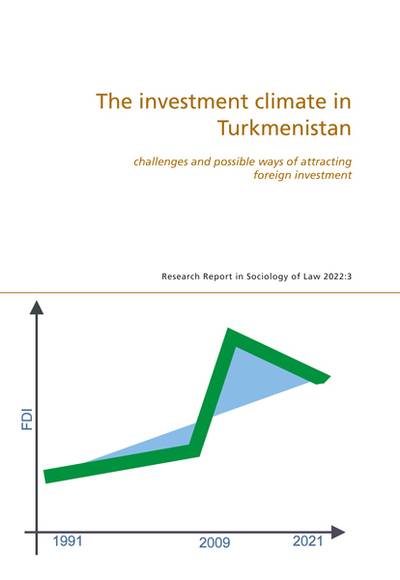
| Serie | Research Report in Sociology of Law |
|---|---|
| Författare | |
| Medverkande | |
| Förlag | Lunds universitet, Media-Tryck |
| Genre | Juridik |
| Format | Häftad |
| Språk | Engelska |
| Antal sidor | 120 |
| Vikt | 262 gr |
| Utgiven | 2022-06-02 |
| SAB | Oe |
| ISBN | 9789172674615 |
This research report was prepared in the framework of the EU-funded project “Central Asian Law: Legal Cultures and Business Environments in Central Asia” (project number 870647 H2020 MSCA-RISE 2019-2023), which runs from 01/03/2020 through 28/02/2024. The project is coordinated by Lund University, and the project consortium includes European universities (University of Zurich, Charles University Prague, Riga Graduate School of Law, Marmara University, University of Latvia, Istanbul Medipol University, University of Manchester) as well as Central Asian partner institutions (Zhetysu University, Khujand Polytechnic Institute of the Tajik Technical University, SIAR Research and Consulting, Tebigy Kuwwat Public Association, Academy of the General Prosecutor’s Office of Uzbekistan, Westminster International University in Tashkent).
The purpose of this paper is to provide a detailed analysis of the state of FDI in Turkmenistan and to develop a set of recommendations to attract foreign investment. This study attempts to capture as many of the issues surrounding FDI attraction as possible through an analysis that takes into account the most important developments. The timeliness of such an analysis becomes more evident from 2020, as disruptions in global markets caused by the outbreak of a pandemic have made it more of a priority than ever to reduce the reliance on oil and gas exports. The present study attempts to answer the following questions:
(i) What might be the potential impact of increased foreign direct investment on Turkmenistan’s economic development?
(ii) What are the main factors that have hindered greater investment in Turkmenistan since independence?
(iii) What measures can the government of Turkmenistan take to attract more foreign direct investment?
(iv) How can partner countries and international organizations assist Turkmenistan in attracting more foreign direct investment into the country?
(v) Which sectors of Turkmenistan’s economy should be a priority for attracting foreign investment in the current environment?
The results of this research may be of interest to decision-makers in government, foreign businesses, partner countries and international development agencies.



